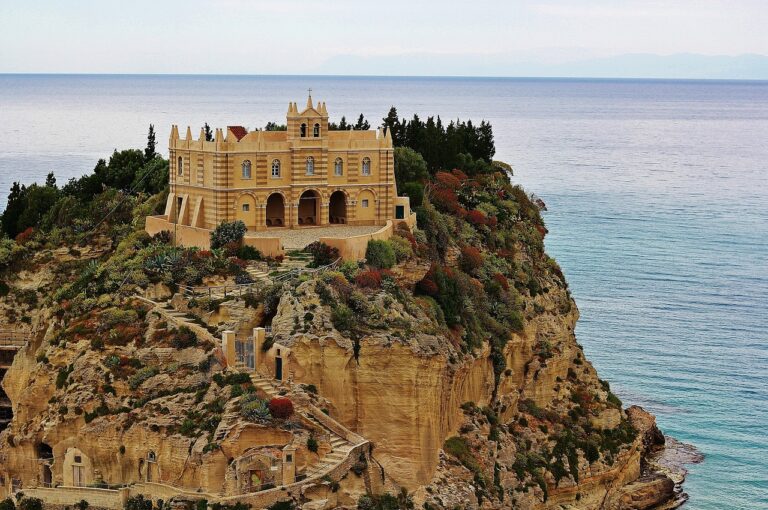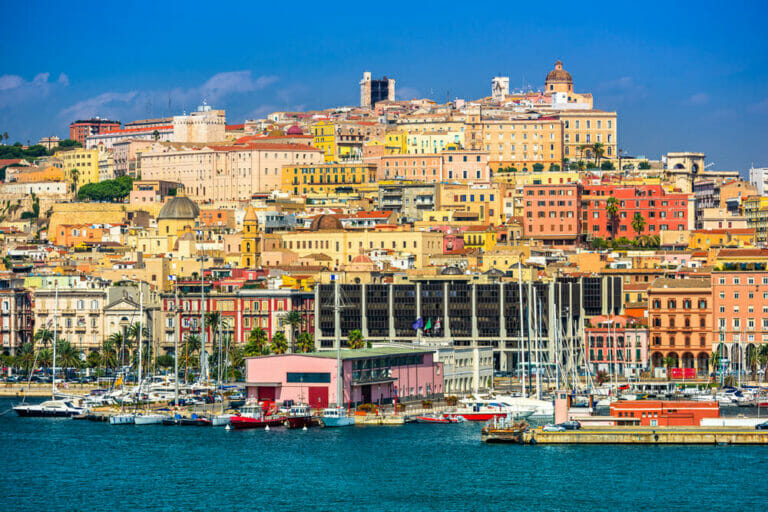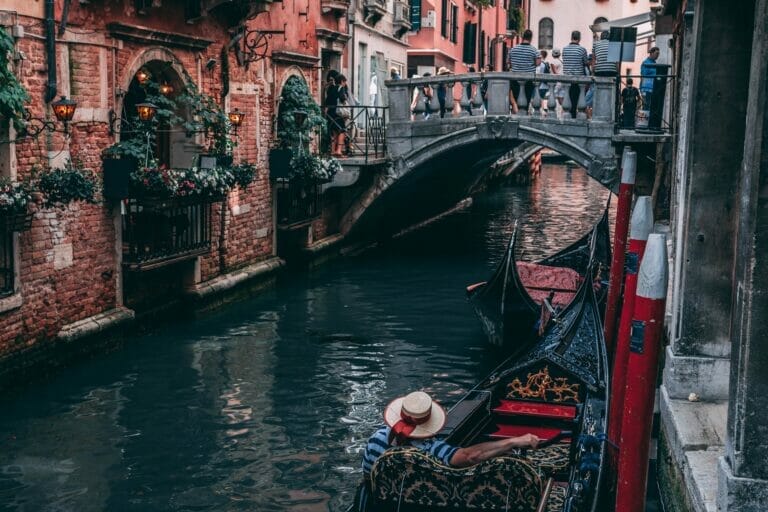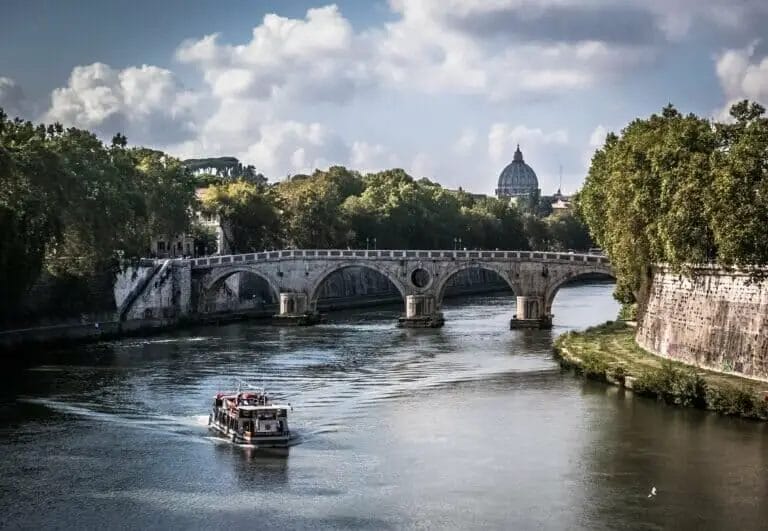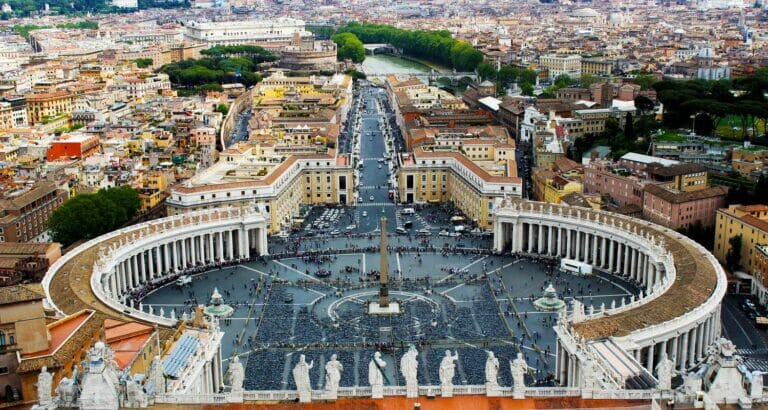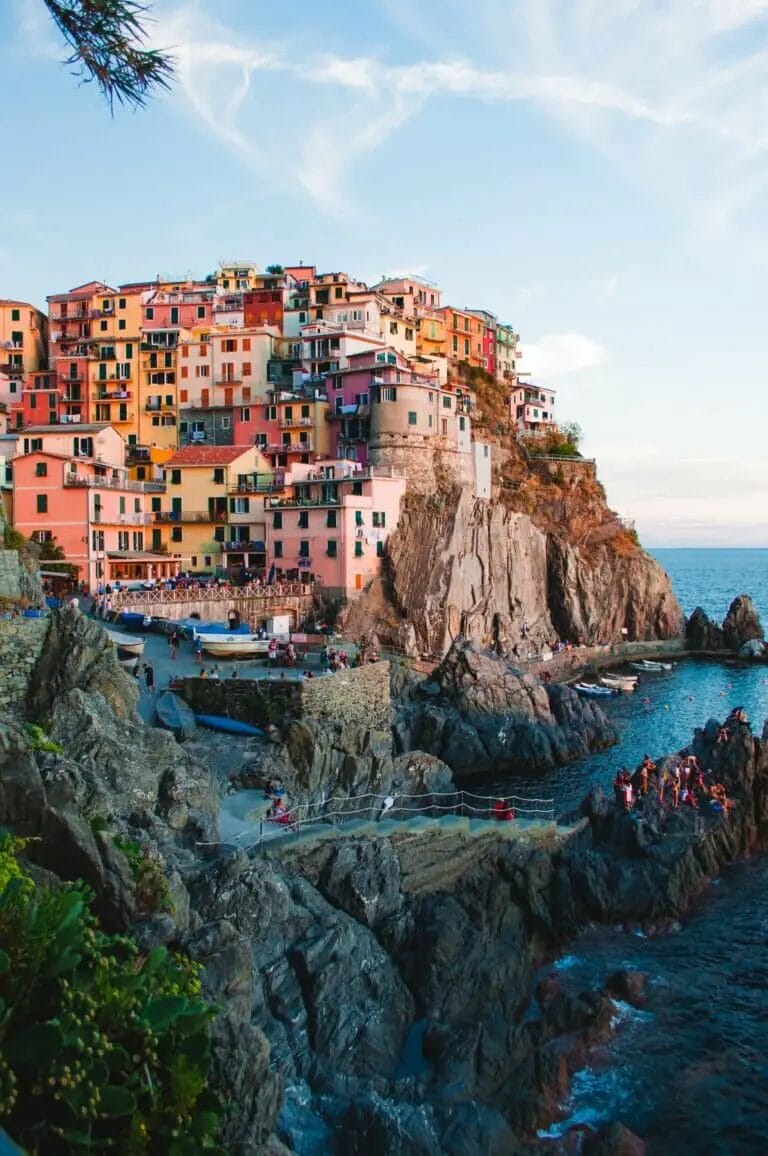Where should I visit after Italy | Italy’s Neighbors?
Italy is a country known for its rich history, stunning landscapes, and delicious cuisine. However, its neighboring countries often go unnoticed by tourists who are focused solely on exploring Italy.
In this Guide, we will try to answer your question “Where should I visit after Italy” This will come in handy when you are looking to make an Itinerary.
Each of these countries has its own unique culture, history, and natural beauty that are worth exploring. From the picturesque villages of France to the alpine wonders of Switzerland, there is so much to discover beyond the borders of Italy.

France: Beyond Paris – Exploring the French Countryside
When people think of France, they often think of Paris. However, there is so much more to this beautiful country than just the capital city. The French countryside offers a wealth of hidden gems that are waiting to be discovered.
Regions like Provence, Normandy, and Burgundy are known for their picturesque villages, vineyards, and chateaus. Exploring these regions allows visitors to experience the charm and beauty of rural France.
Outdoor activities are also popular in the French countryside. Hiking through lavender fields in Provence, cycling along the Loire Valley, or kayaking in the Dordogne River are just a few examples of the adventures that await.
The French countryside is a perfect destination for those who want to escape the hustle and bustle of city life and immerse themselves in nature and tranquility.
Switzerland: Alpine Wonders and Scenic Landscapes

Switzerland is a country that is famous for its stunning alpine scenery and outdoor activities. The Swiss Alps offer breathtaking views and opportunities for skiing, hiking, and mountaineering. Popular destinations like Zermatt, Interlaken, and St. Moritz attract visitors from all over the world who come to experience the beauty of the Swiss mountains.
Aside from its alpine wonders, Switzerland also offers other scenic landscapes such as Lake Geneva and the Rhine Falls. Cities like Zurich and Geneva are known for their vibrant culture, history, and architecture.
And of course, no visit to Switzerland would be complete without indulging in some Swiss chocolate tasting. Switzerland truly has something for everyone, whether you’re an outdoor enthusiast or a lover of art and culture.
Austria: Culture, Music and the Majestic Alps
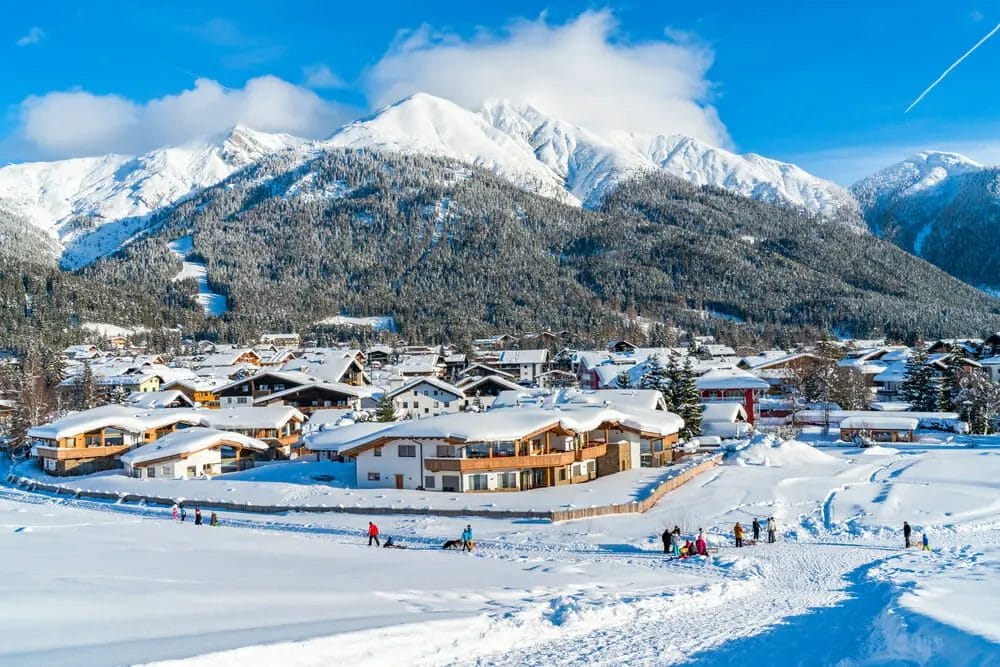
Austria is a country that is famous for its classical music, art, and architecture. The capital city of Vienna is a must-visit destination for music lovers, with its rich history of composers like Mozart and Beethoven. The city is also known for its stunning architecture, including the iconic St. Stephen’s Cathedral and the Schönbrunn Palace.
Salzburg, the birthplace of Mozart, is another popular destination in Austria. The city is known for its baroque architecture and its annual Salzburg Festival, which celebrates classical music and performing arts.
Innsbruck, located in the heart of the Austrian Alps, offers visitors the opportunity to experience both culture and nature. The city is surrounded by majestic mountains and offers activities such as skiing, hiking, and scenic drives.
Slovenia: A Hidden Gem in Central Europe
Slovenia may be a small country, but it is packed with diverse landscapes and outdoor activities. Lake Bled is one of the most popular destinations in Slovenia, with its picturesque island church and medieval castle perched on a hilltop.
The Julian Alps offer opportunities for hiking, skiing, and mountaineering, while the capital city of Ljubljana is known for its charming old town and vibrant cultural scene.
Wine tasting is also a popular activity in Slovenia, with the country’s wine regions producing high-quality wines that are gaining international recognition. Whether you’re exploring the natural beauty of Slovenia or immersing yourself in its rich culture and history, this hidden gem in Central Europe is sure to leave a lasting impression.
Croatia: Sun, Sea and History on the Adriatic Coast
Croatia’s coastline along the Adriatic Sea is dotted with historic cities, beautiful beaches, and picturesque islands. Dubrovnik, with its well-preserved medieval walls and stunning views of the sea, is a UNESCO World Heritage Site and a must-visit destination. Split, with its ancient Roman ruins and vibrant waterfront promenade, is another popular city on the Adriatic coast.
The island of Hvar is known for its crystal-clear waters, lavender fields, and vibrant nightlife. Exploring the ancient ruins of Diocletian’s Palace in Split or sailing around the islands of Croatia are just a few examples of the experiences that await visitors to this beautiful country. Croatia offers a perfect blend of history, natural beauty, and relaxation on the stunning Adriatic coast.
Greece: The Birthplace of Western Civilization
Greece is a country that is known for its ancient history, mythology, and stunning islands. Athens, the capital city, is home to iconic landmarks such as the Acropolis and the Parthenon. Exploring these ancient ruins allows visitors to step back in time and learn about the birthplace of Western civilization.
The Greek islands are another highlight of Greece, with Santorini and Mykonos being two of the most popular destinations. Santorini is known for its white-washed buildings, blue-domed churches, and breathtaking sunsets. Mykonos, on the other hand, is famous for its vibrant nightlife and beautiful beaches.
Swimming in crystal-clear waters, exploring ancient ruins, and trying Greek cuisine are just a few examples of the must-do experiences in Greece. This country offers a perfect blend of history, culture, and natural beauty that will leave visitors in awe.
Montenegro: The Undiscovered Jewel of the Balkans
Montenegro may be a small country, but it is packed with stunning natural beauty and historic cities. The Bay of Kotor, with its fjord-like landscapes and medieval towns, is a UNESCO World Heritage Site and a must-visit destination.
The coastal town of Budva is known for its beautiful beaches and vibrant nightlife, while Durmitor National Park offers opportunities for hiking, swimming, and exploring the stunning landscapes of the Montenegrin mountains.
Montenegro is still relatively undiscovered by tourists, making it a perfect destination for those who want to escape the crowds and immerse themselves in nature and history. Whether you’re hiking through the mountains, swimming in the crystal-clear waters of the Adriatic Sea, or exploring medieval towns, Montenegro is sure to leave a lasting impression.
San Marino: A Tiny Country with a Rich History
San Marino is a small country that is completely surrounded by Italy. Despite its size, it has a rich history and stunning views from its mountaintop location. The historic center of San Marino is a UNESCO World Heritage Site and offers visitors the opportunity to explore its medieval streets, ancient fortresses, and panoramic viewpoints.
Trying local cuisine is a must-do in San Marino, with traditional dishes such as piadina (a type of flatbread) and torta tre monti (a layered cake) being popular choices. Enjoying the views from the top of Mount Titano or exploring the narrow streets of the historic center are just a few examples of the experiences that await visitors to this tiny country.
Vatican City: The Smallest Country in the World with a Great Heritage
Vatican City may be the smallest country in the world, but it is packed with a rich heritage and cultural treasures. As the center of the Catholic Church, Vatican City is home to iconic landmarks such as St. Peter’s Basilica, the Sistine Chapel, and the Vatican Museums. Exploring these sites allows visitors to learn about the history and art of the Vatican.
The Vatican Museums house a vast collection of art, including masterpieces by Michelangelo, Raphael, and Leonardo da Vinci. The Sistine Chapel is famous for its ceiling frescoes, including Michelangelo’s iconic “Creation of Adam.” St. Peter’s Basilica is one of the largest churches in the world and offers stunning views from its dome.
Visiting Vatican City is a must-do for those who are interested in art, history, and religion. Despite its small size, this tiny country has a great heritage that is sure to leave visitors in awe.
Conclusion: where should I visit after Italy ?
Italy’s neighboring countries offer a wealth of culture, history, and natural beauty that are often overlooked by tourists. From the French countryside to the Vatican City, there is something for everyone beyond the borders of Italy. Whether you’re exploring the picturesque villages of France, skiing in the Swiss Alps, or swimming in the crystal-clear waters of Croatia, these hidden gems are sure to leave a lasting impression.
Adding a visit to one or more of Italy’s neighboring countries to your itinerary can be a great way to enhance your travel experience and discover new destinations. Each country has its own unique charm and attractions that are worth exploring. So next time you plan a trip to Italy, consider venturing beyond its borders and discovering the hidden gems of its neighboring countries. You won’t be disappointed!

